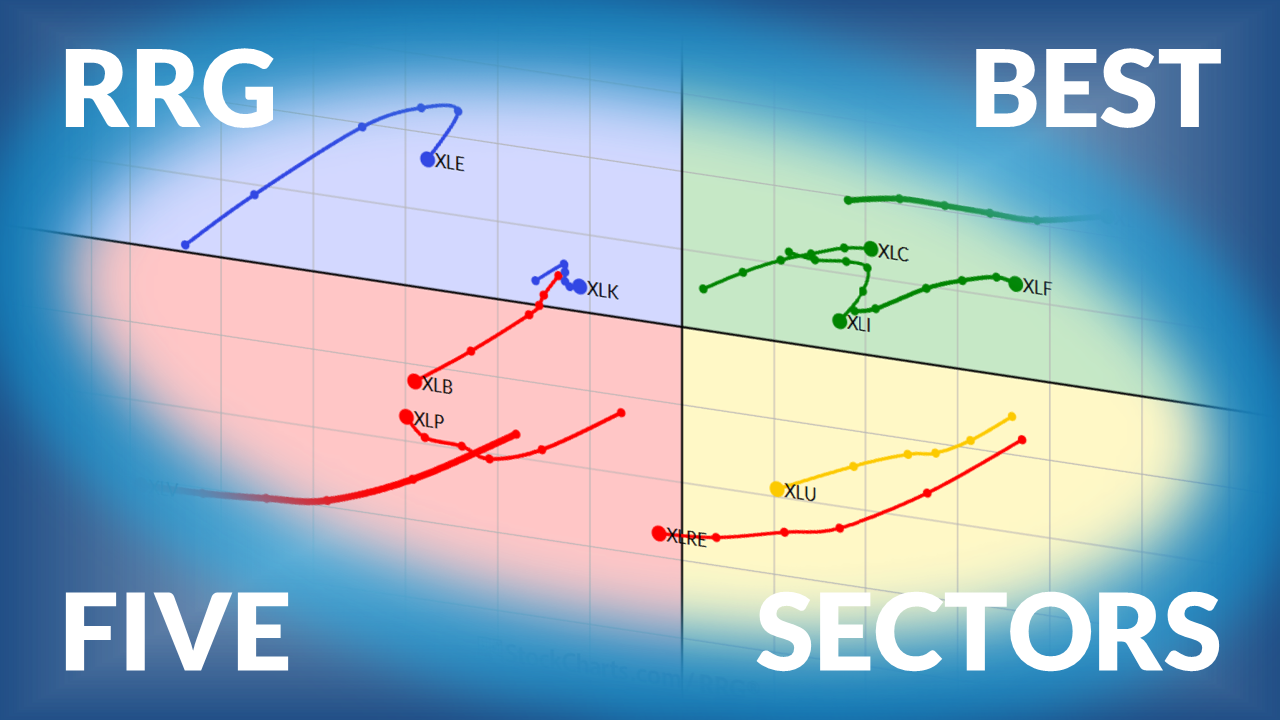ENERGY LEADS MARKET DECLINE -- S&P 500 BREAKS 200-DAY AVERAGE -- HOMEBUILDERS AND REAL ESTATE CONTINUE TO FALL
BREAKS AUGUST LOW ... Earlier today I wrote that the S&P 500 was at a critical chart point as it neared a test of its August low and its 200-day moving average. It failed on both counts. Chart 1 shows the S&P closing below both support points to end at the lowest close in three months. All of the other market averages sold off on rising volume. That's the second day in a row that we've seen that. And it isn't good. Chart 2 shows the Dow Industrials also undercutting its recent lows. That's not good either. A number of other market averages are nearing similar tests. It looks like October is going to live up to its reputation as a scary month.

Chart 1

Chart 2
ENERGY STOCKS LEAD MARKET LOWER... Energy stocks led the market lower today. That may seem strange since rising energy prices were one of the market's biggest problems. But today's heavy energy selling carries a warning. That's because energy shares were one of the few market sectors rising lately. In other words, they were helping hold the market up. When they start to fall, something else has to take over market leadership. That didn't happen today with all market sectors falling. Unless some other leadership emerges soon, energy selling can become a potentially negative thing. That's because there isn't much else left to hold the market up. Charts 3 and 4 show the Energy Select SPDR (XLE) and the Oil Service Holders (OIH) cracking their 50-day moving averages for the first time since May. And they did so on massive volume. The daily MACD lines have turned negative on the XLE, while the 14-day RSI for the OIH has fallen beneath 50 for the first time in more than four months. Both are bearish. [I've recommended profit-taking in this overbought sector several times over the last month -- the most recent being last Friday].

Chart 3

Chart 4
HOUSING AND REAL ESTATE CONTINUES TO FALL ... Two of the day's biggest losers were homebuilders and REITs. This continues the underperformance in both groups that started in early August. The Dow Jones REIT Index is nearing a two-month low. The PHLX Housing Index is at a more critical spot. Chart 6 shows the HGX threatening its 200-day average. [A number of individual homebuilders have already broken that long-term support line]. I continue to believe that both groups are falling because of rising bond yields. I've suggested several times that both groups are especially sensitive to rising long-term rates. The economy has a lot riding on the housing boom. Any serious weakness in that industry could carry negative implications for the market and the economy. Add that to existing problems from rising energy prices and rising interest rates, and the market starts to look a lot riskier.

Chart 5

Chart 6
UTILITIES FALL WITH ENERGY... Even utilities took a hit today. Chart 7 shows the Utilities Sector SPDR (XLU) falling on heavy volume. Utilities were one of the day's weakest sectors along with energy. And, I believe, therein lies the story. A lot of readers have asked why utilities have been rising in the face of rising rates. After all, they're usually a rate-sensitive group. Recently, however, utilities have been more closely linked with energy. That's partially due to the fact that utilities have exposure to energy sectors like natural gas. And also the fact that some utility pricing is based on rising energy prices. The fact that utilities tumbled with energy stocks today seems to strengthen the link between the two. Chart 2 shows crude oil trading below its 50-day average for two consecutive days for the first time in several months. Crude also appears on the verge of breaking a neckline extending back for two months. I recently wrote about a possible head and shoulders top forming in crude. A close beneath the neckline could signal a further drop toward its 200-day line and its July low near $56. As I said at the beginning of this message, peaking energy shares put the market at a crucial stage. Energy stocks often peak last in a topping pattern. And that may be the case at present unless some of the weaker groups, like the financials, start to show new leadership. So far, that hasn't been the case.

Chart 7

Chart 8










